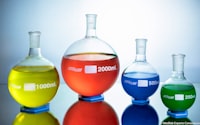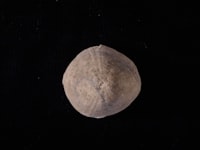Conference paper
Properties of Magnetite-Chitin Composite as Materials
In this study, magnetite-chitin composite has been synthesized and their apllication for removal Ni(II) from aqueous solution. Chitin synthesized from shrimp shell waste. Magnetite-chitin composite were prepared by reaction of Fe2+ and Fe3+ ion and NH4OH in the presence of chitin. Fourier Transform Infra Red (FTIR), Scanning Electron Microscopy-Energy Dispersive X Ray Spectroscopy (SEM-EDX) and Vibrating Sample Magnetometer (VSM) were used to characterize the adsorbent. The effect of composite dosage, pH and contact time on the adsorption capacity of the adsorbent has also been investigated. The FTIR spectra of magnetite-chitin composite confirmed the successful synthesis which the adsorption peak at 586.3 cm-1 assigned to Fe-O bond. SEM-EDX characterization of magnetite-chitin composite indicated that the surface of composite more solid than chitin and elements of composit contained of magnetite and chitin elements. The magnetite-chitin composite has magnetic properties which the saturation magnetization was 11.27 emu/g. The optimal adsorption of magnetite-chitin composites an initial concentration of Ni(II) was 50 mg/L attained within 3 g of composite dosage, pH value 5 and contact time of 45 minutes with a maximum adsorption capacity of Ni(II) was 37.81 mg/g.
















































